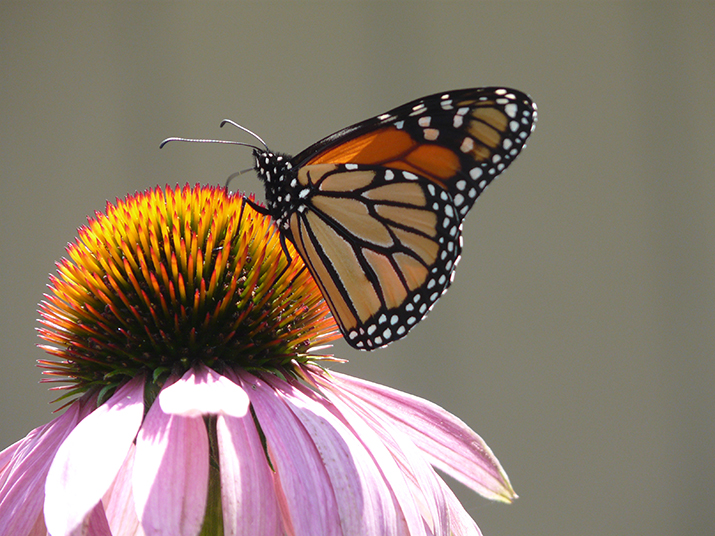Hydro Ottawa
The Pollinators
The Canadian Wildlife Federation is pleased to announce a new partnership with Hydro Ottawa on their Power South Nepean project which includes a new power station situated on 24 acres of land in the south end of Ottawa, Ontario.
In 2019, Hydro Ottawa began civil construction on Cambrian, its largest ever municipal transformer station, in the south-end of the city. The new facility will support future growth in Nepean which is expected to more than double over the next 20 years due to planned residential and commercial developments, including the recent addition of a new 10-megawatt Amazon distribution centre. The rest of the transformer station site might have remained vacant, but those overseeing the project at Hydro Ottawa wondered if there was a more inspired use for the land.
Since the new transformer station requires only five acres of the property, Hydro Ottawa partnered with the City of Ottawa, Rideau Valley Conservation Authority and Canadian Wildlife Federation, to create one of the largest pollinator meadows of its kind in eastern Ontario. Adjacent to its future station, the agreement means that 15 acres will be dedicated to a pollinator meadow which is scheduled for seeding during 2021’s upcoming planting season. A four acre tree reforestation area was planted in 2020 with 2,750 trees thanks to the Rideau Valley Conservation Authority.
CWF is supporting this project by providing support and technical advice as needed. This important initiative with Hydro Ottawa aligns directly with CWF’s goals of building pollinator habitat on rights of way in Eastern Ontario. By the time the station is energized in 2022, it is expected that the pollinator meadow will be in bloom for Monarch Butterflies, bees and other pollinators. This initiative will help pollinator populations to recover right here in the south Nepean area in Ontario.
Across North America, populations of Monarch Butterflies, bees, and other pollinators are in steep decline due to herbicides, pesticides, climate change and a reduction in natural pollinator habitats.
It may seem like an unlikely union, but utilities are ideally suited to restore these environments thanks to the number of utility corridors and properties in their service territories, not to mention the many kilometres of power lines and right of ways along roadsides. Moreover, vegetation management along utility corridors is compatible with the type of vegetation necessary to support pollinators.
Let’s talk about the birds and the bees and the flowers and the trees. Tune into to the Pollinator Podcast >
Blog: Hydro Ottawa’s pollinator meadow is for the birds (and the bees) >
For more information on Power South Nepean >
For more information on CWF’s Pollinator programs >
If your organization is interested in partnering with CWF, please contact us:
corporategiving@cwf-fcf.org
1.250.688.1508
- 0



